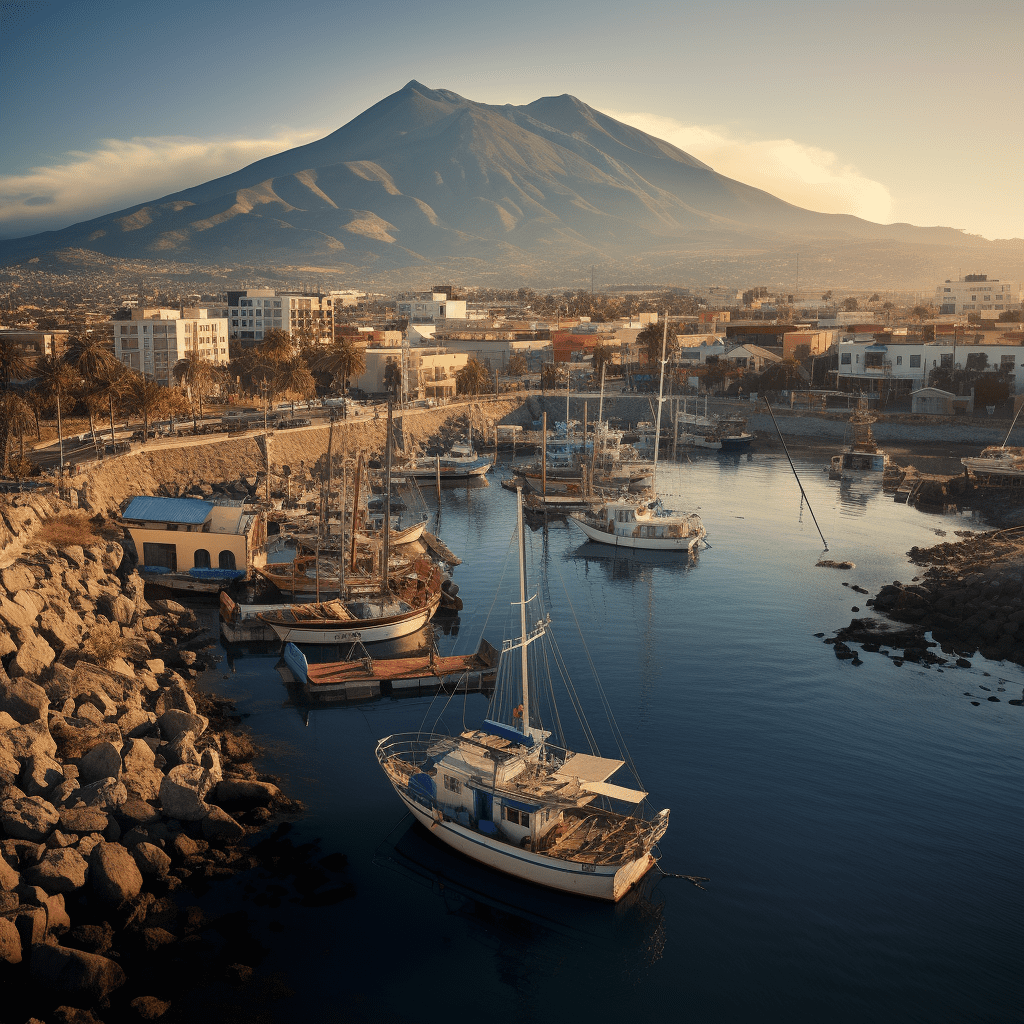Bahrain's Traditional Clothing and Textile Heritage
Introduction
Bahrain, a vibrant island nation in the Arabian Gulf, boasts a rich cultural heritage reflected in its traditional clothing and textiles. The nation's attire showcases a blend of Islamic influences, local craftsmanship, and modern adaptations. This article explores the captivating world of Bahrain's traditional clothing and textile heritage, delving into the significance and artistry behind each garment.
Thobe: The National Dress
The thobe is the quintessential national dress of Bahrain, worn by both men and women. It is a loose-fitting, ankle-length robe made from light, flowing fabrics such as cotton or linen. For men, the thobe is typically white or beige, while women have a broader color palette, including pastels, vibrant hues, and intricate embroidery. The thobe's simplicity and comfort make it ideal for Bahrain's warm climate and modest cultural norms.
Abaya: The Modest Outer Garment
The abaya is a long, loose-fitting outer garment worn by women over their thobes in public. It serves as a symbol of modesty and is a common sight in Bahrain. Abayas come in various styles and fabrics, with some adorned with intricate beadwork, embroidery, or sequins. While black is the traditional color, modern abayas feature a wider range of colors and patterns. The abaya's versatility allows women to express their personal style while adhering to cultural norms.
Ghutra and Keffiyeh: Head Coverings
The ghutra and keffiyeh are traditional head coverings worn by men. The ghutra is a large, square-shaped cloth made of cotton or silk, typically folded diagonally and draped over the head. The keffiyeh is similar to the ghutra but often has a checkered pattern. These head coverings protect men from the sun and sand, and their intricate folds denote different social and cultural significances.
Bisht: The Ceremonial Robe
The bisht is an elaborate, floor-length robe worn over the thobe during special occasions and religious ceremonies. It is made from fine fabrics such as cashmere, silk, or wool and is often adorned with intricate embroidery and gold or silver threadwork. The bisht symbolizes dignity, prestige, and authority and is worn by high-ranking officials, religious leaders, and grooms at weddings.
6. Traditional Jewelry
Bahrain's traditional jewelry is renowned for its intricate craftsmanship and cultural significance. Gold and silver are the preferred metals, and pieces often feature intricate filigree work, gemstones, and pearls. Traditional designs include necklaces, earrings, bracelets, and anklets. Each piece carries symbolic meaning, representing cultural heritage, family lineage, and personal identity.
7. Textiles and Embroidery
Bahrain has a rich tradition of textile weaving and embroidery. Al Sadu weaving, a unique and ancient technique, produces geometric patterns on wool fabrics. Al Fakhrou Weavers, a renowned cooperative, specializes in this intricate craft. Embroidery, known as "tatreez," is another important aspect of Bahrain's textile heritage. Women create stunning designs on clothing, home linens, and accessories using colorful threads and traditional patterns.
8. Al Sadu Weaving
Al Sadu weaving is a centuries-old tradition that creates intricate geometric patterns on wool fabrics. Bedouin women traditionally practiced this craft, using sheep wool and natural dyes. The patterns symbolize tribal identities, family relationships, and cultural heritage. Al Sadu weaving is a protected cultural heritage in Bahrain, and workshops and exhibitions showcase this unique art form.
9. Al Fakhrou Weavers
Al Fakhrou Weavers is a renowned cooperative that specializes in Al Sadu weaving. Founded in 2004, the cooperative aims to preserve and promote this traditional craft. Skilled artisans use handlooms to create exquisite textiles with vibrant colors and intricate patterns. Al Fakhrou Weavers has gained international recognition for its exceptional craftsmanship and plays a vital role in showcasing Bahrain's cultural heritage.
10. Contemporary Influences on Traditional Clothing
While Bahrain's traditional clothing retains its cultural essence, it has also incorporated modern influences. Contemporary designers blend traditional motifs with modern fabrics and styles to create unique and fashion-forward pieces. These designs respect the nation's heritage while appealing to a global audience. The fusion of tradition and modernity allows Bahrain's clothing and textiles to evolve while honoring their roots.
FAQs
1. What is the significance of the thobe in Bahrain?
The thobe is the national dress of Bahrain and is worn by both men and women. It is a loose-fitting, ankle-length robe that signifies modesty and cultural identity.
2. What is the difference between the ghutra and the keffiyeh?
The ghutra and keffiyeh are both head coverings worn by men. The ghutra is a large, square-shaped cloth, while the keffiyeh is similar but often has a checkered pattern.
3. What is the bisht used for?
The bisht is an elaborate, floor-length robe worn over the thobe during special occasions and religious ceremonies. It symbolizes dignity, prestige, and authority.
4. What is Al Sadu weaving?
Al Sadu weaving is a centuries-old tradition that creates intricate geometric patterns on wool fabrics. Bedouin women traditionally practiced this craft, and the patterns symbolize tribal identities and cultural heritage.


